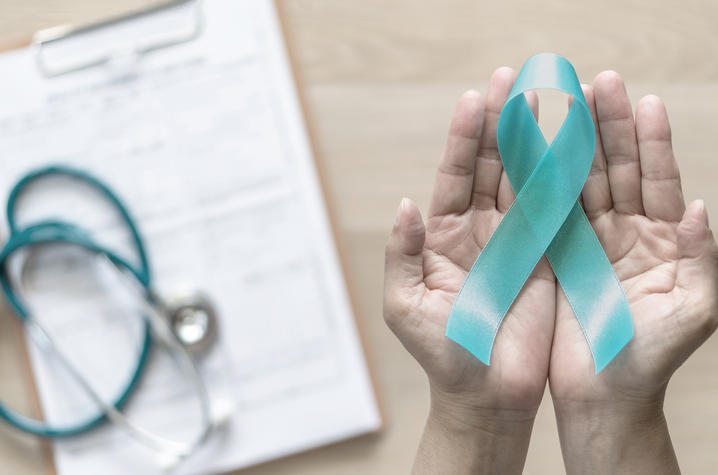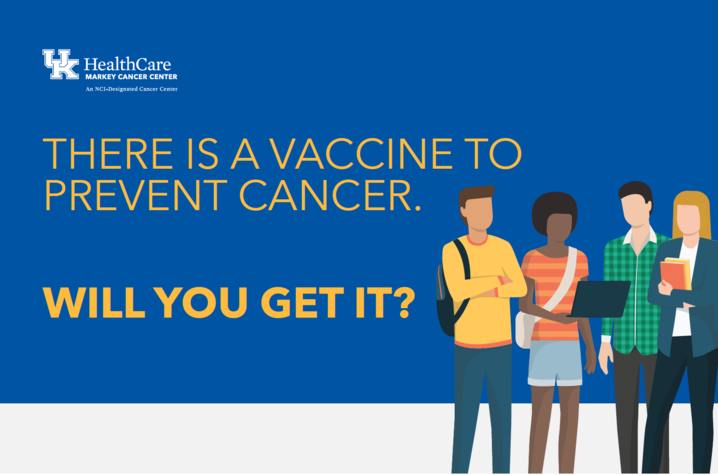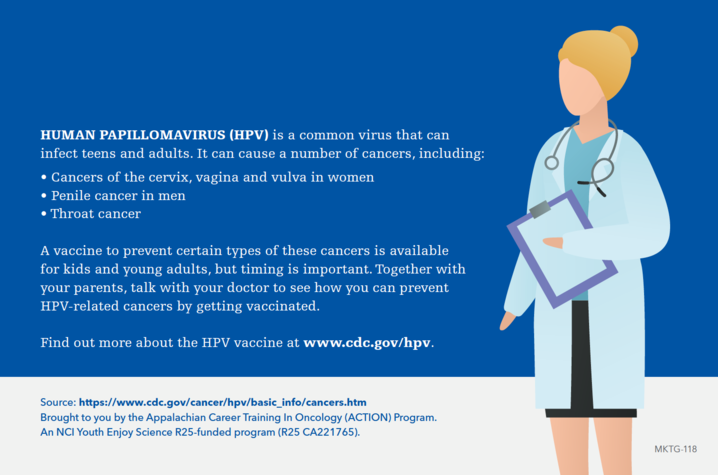Cervical Cancer Prevention is Possible With Increased Screening and Awareness
The University of Kentucky Public Relations and Strategic Communications Office provides a weekly health column available for use and reprint by news media. This week's column is by Charles S. Dietrich III, M.D., a gynecologic oncologist at the UK Markey Cancer Center.
LEXINGTON, Ky. (Jan. 18, 2022) — It is estimated that more than 14,000 women in the United States suffer from cervical cancer each year. Kentucky has a higher cervical cancer burden than most states, with an incidence rate of 9.6 cases per 100,000 women.
All women, especially those over the age of 30, are at risk for cervical cancer; however, the disease is highly preventable with screening tests and vaccines that are widely available and effective.
Possible indicators of cervical cancer include abnormal vaginal discharge, odor or irregular bleeding, such as spotting between menstrual cycles or after vaginal intercourse. Any bleeding after menopause should be evaluated. If cervical cancer is identified early, it is very treatable with a high chance of survival. Advanced cervical cancer is more difficult to manage, and the treatment options have significant impacts on quality of life.
In general, women should begin having conversations with their primary care providers at age 21 about the best time to start screening. Pelvic exams are a critical part of optimizing women’s health. Routine pelvic exams are recommended once women become sexually active to identify possible signs of vulvar problems, ovarian cysts, sexually transmitted infections (STIs), uterine fibroids or early stage cancer.
Most obstetricians and gynecologists recommend screening begin at age 21, with a pap test every three years. A pap smear is only one component of the pelvic exam, and the interval for each may be different. After the age of 30, HPV co-testing can be utilized to extend the screening interval to every five years.
HPV infection is the most important risk factor for cervical cancer. There are more than 100 different types of HPV, but 14 high-risk strains cause the majority of cervical cancers in the United States. Other risk factors that increase the risk for cervical cancer include:
- Sexually transmitted infections, such as chlamydia, HIV and herpes simplex virus.
- Sexually active at age 15 or younger.
- Not using condoms.
- High number of pregnancy deliveries.
- Using oral contraceptives.
- Cigarette smoking.
- Obesity.
- Poor nutrition.
- Immunosuppression.
HPV vaccination has the greatest potential to eliminate cervical cancer risk, and several countries around the world are on track to eliminate cervical cancer from their populations in the next decade. Kentucky has one of the lowest HPV vaccination rates in the country, with only 45% of eligible girls ages 13-17 vaccinated.
Gardasil-9 is the main vaccine available in the United States. Routine vaccination is recommended for both girls and boys at ages 11-12 years, and a two-dose series can be given six to 12 months apart if completed before age 14. Vaccination is most effective if completed before the age of 26 but can be given up to age 45 with shared clinical decision-making.
The HPV vaccine information card accompanying this story was created by UK undergraduate participants involved in the UK Markey Cancer Center Appalachian Career Training in Oncology (ACTION) Program. The ACTION Program offers Appalachian Kentucky high school and undergraduate students enrolled at UK the opportunity to gain cancer research, clinical, outreach and education experiences that will enrich their interest in pursuing a cancer-focused career. ACTION is a Youth Enjoy Science Program funded by the National Cancer Institute (R25 CA221765).
As the state’s flagship, land-grant institution, the University of Kentucky exists to advance the Commonwealth. We do that by preparing the next generation of leaders — placing students at the heart of everything we do — and transforming the lives of Kentuckians through education, research and creative work, service and health care. We pride ourselves on being a catalyst for breakthroughs and a force for healing, a place where ingenuity unfolds. It's all made possible by our people — visionaries, disruptors and pioneers — who make up 200 academic programs, a $476.5 million research and development enterprise and a world-class medical center, all on one campus.







